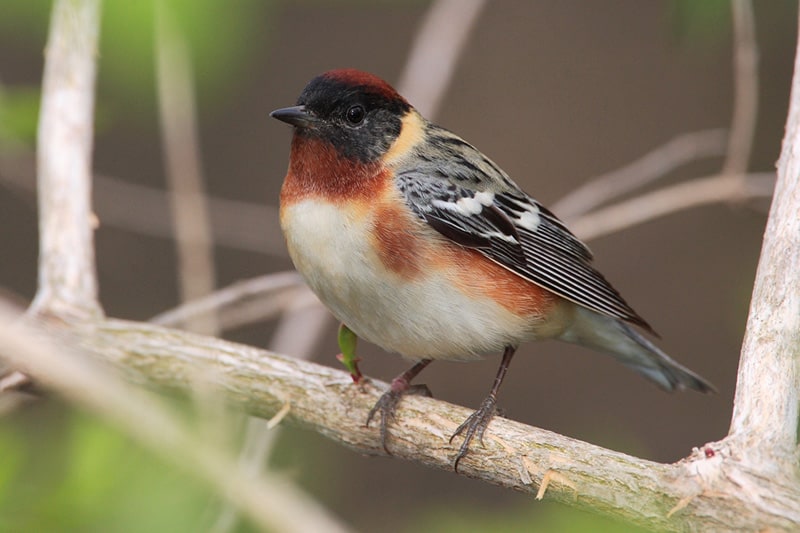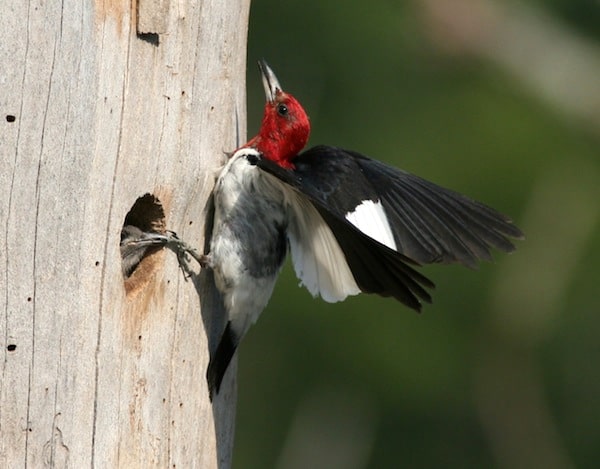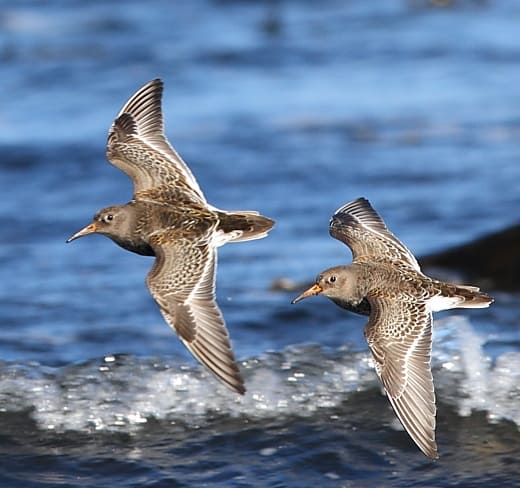Spring Birds of Kentucky (March, April, May)
If we start the Kentucky bird-watching year just after the dead of winter, the first birds to “return” are waterbirds, which typically begin to move north on the first warm fronts of late winter. The earliest species to arrive as soon as winter weather breaks is usually the American woodcock. These strange shorebirds actually inhabit weedy areas and woodland edges. The males engage in one of the most fascinating courtship rituals that can be experienced in the bird world . . . a fascinating flight display that is punctuated by loud wing whistling and chirping notes. These flights are taken most often at dusk and dawn, but can occur at any time of the night if the moon is bright and winds are calm. Certain waterfowl such as northern pintails and redheads are also among the first ones to move north, and bugling flocks of sandhill cranes are not an uncommon sight by the latter half of February. During March the first of our summer songbird residents that have retreated south return, including the eastern phoebe and chipping sparrow.
March is the month for waterfowl, with both dabbling and diving species in abundance on water bodies across the state. Large ponds and small lakes will host a variety of species, especially when foul weather grounds northbound migrants. This is the best time of year to find a variety of species including blue-winged teal, northern shoveler, American wigeon, lesser scaup, ring-necked duck, and red-breasted merganser.
Early April brings even warmer weather and the return of more of our summer residents and the first of many songbird migrants including blue-gray gnatcatcher, ruby-crowned kinglets, yellow-bellied sapsuckers, and hermit thrushes. By mid-April shorebirds also begin to peak in numbers in open, shallow water habitats. Some of our most common species include greater and lesser yellowlegs, pectoral sandpiper, least sandpiper, and solitary sandpiper. Most of these species must be searched for in special places, but any farm pond with an exposed shoreline can harbor a spotted or solitary sandpiper for a few April days. By the last week of the month, the woods and edges come alive with returning summer songbirds like indigo bunting, eastern kingbird, orchard oriole, wood thrush, and red-eyed vireo.
In most years, early May is the time to be birding in Kentucky. It can be relatively easy to find 100 species in a single day by covering a variety of habitats, especially in central and western portions of the state. The highlight of early May in most bird watchers’ books is the variety of migratory songbirds, particularly warblers, found as they pass through on their way to more northerly breeding grounds. Several warbler species are relatively common in the state for only a couple of weeks and include such beauties as the golden-winged, Nashville, Cape May, Blackburnian, and bay-breasted warbler. Along with the warblers come a variety of songbirds including flycatchers, thrushes, vireos, tanagers, and orioles. Woodlands and woodland edges are typically the best places for finding these beautiful birds. What can be amazing on some spring days is how many different species you can see by periodically scanning about your backyard as some birds move along in loose groups from tree to tree, yard to yard during the day. Also present in May is a variety of shorebirds including some of our more spectacular species, molting into breeding plumage. These include uncommon species like black-bellied plovers, dunlin, and short-billed dowitchers.




